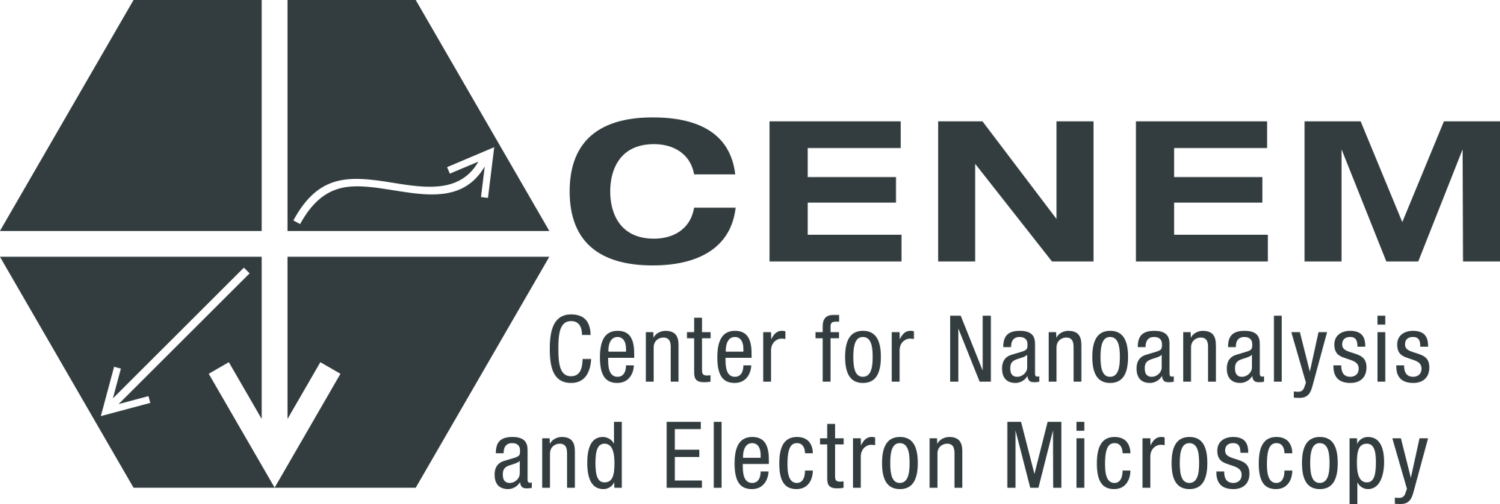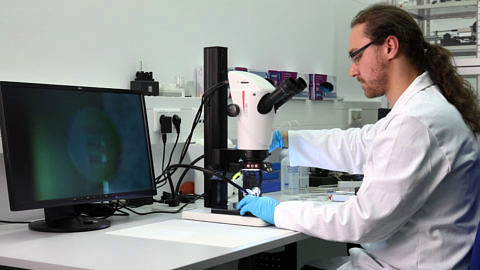Advanced liquid cell architecture for high performance in situ transmission electron microscopy in materials sciences
Liquid phase electron microscopy is a powerful technique for investigating processes directly on site with high spatial and temporal resolution. This particular in situ technique was shown to be suitable for application in materials sciences, energy storage and biology. In a recent publication, researchers of the CENEM research training group GRK 1896 in collaboration with LEB and Fraunhofer IISB describe a novel approach for enclosing liquid specimen for liquid cell transmission electron microscopy (LCTEM) by utilizing conventional semiconductor technology, bulk micromachining, as well as the 2D material graphene. This hybrid liquid cell architecture enables EDXS without shadowing effects, HRTEM and electron tomography without requiring a dedicated liquid phase TEM holder.
As a central project of the GRK 1896 the research features unique in situ techniques for comprehensive studies into growth and degradation processes of complex nanostructures like anisotropic gold-silver core-shell nanoparticles, dendrite growth or chemical reactions at interfaces.
The paper is published recently in the JoVe, and can be visited via the link here (and metadata below). Congratulations, to the CENEM liquid in situ cell team!
- , , , , , :
Preparation of Graphene-Supported Microwell Liquid Cells for In Situ Transmission Electron Microscopy
In: Journal of Visualized Experiments (2019), Article No.: e59751
ISSN: 1940-087X
DOI: 10.3791/59751
URL: https://www.jove.com/video/59751/preparation-graphene-supported-microwell-liquid-cells-for-situ?status=a61757k

